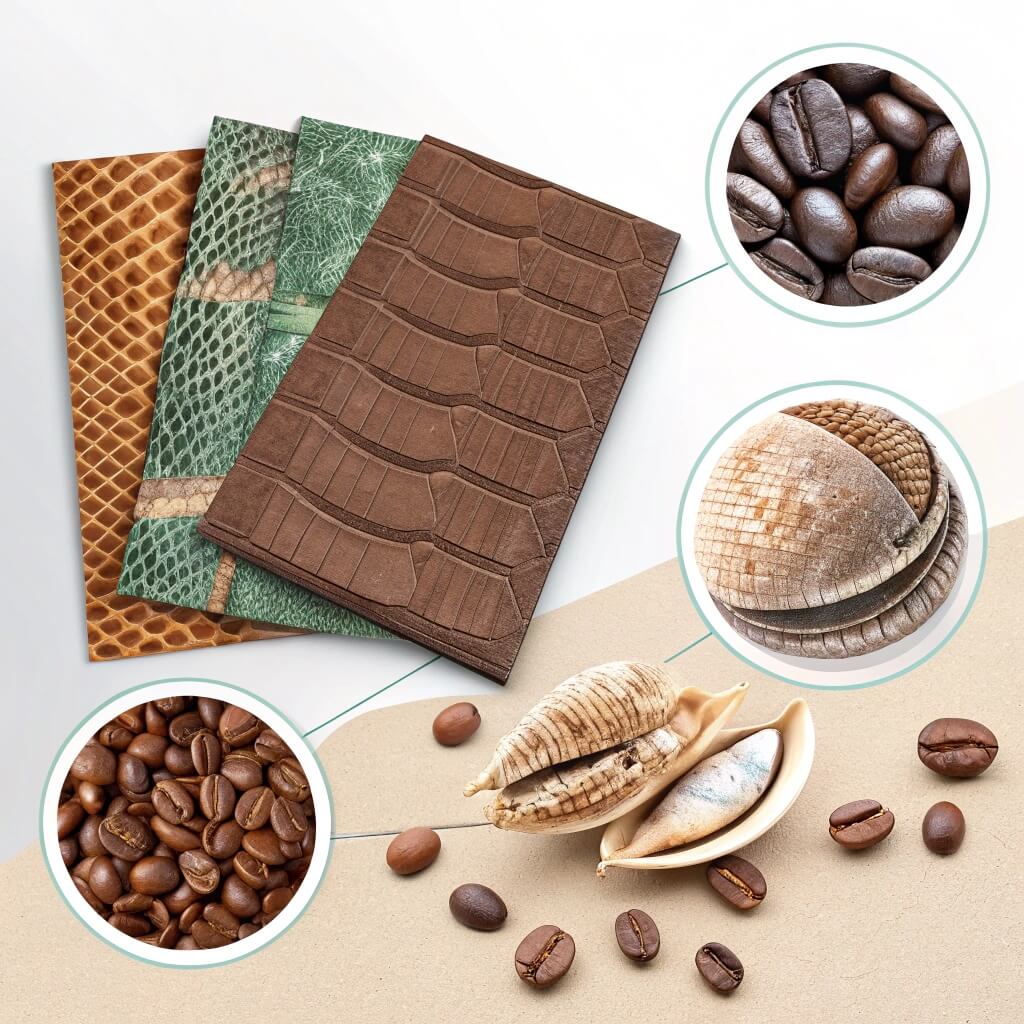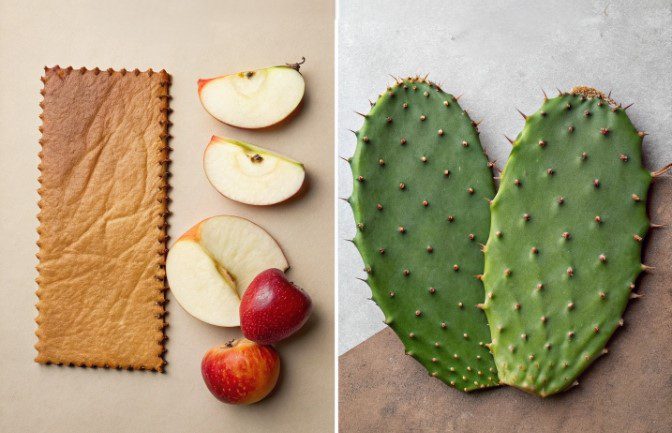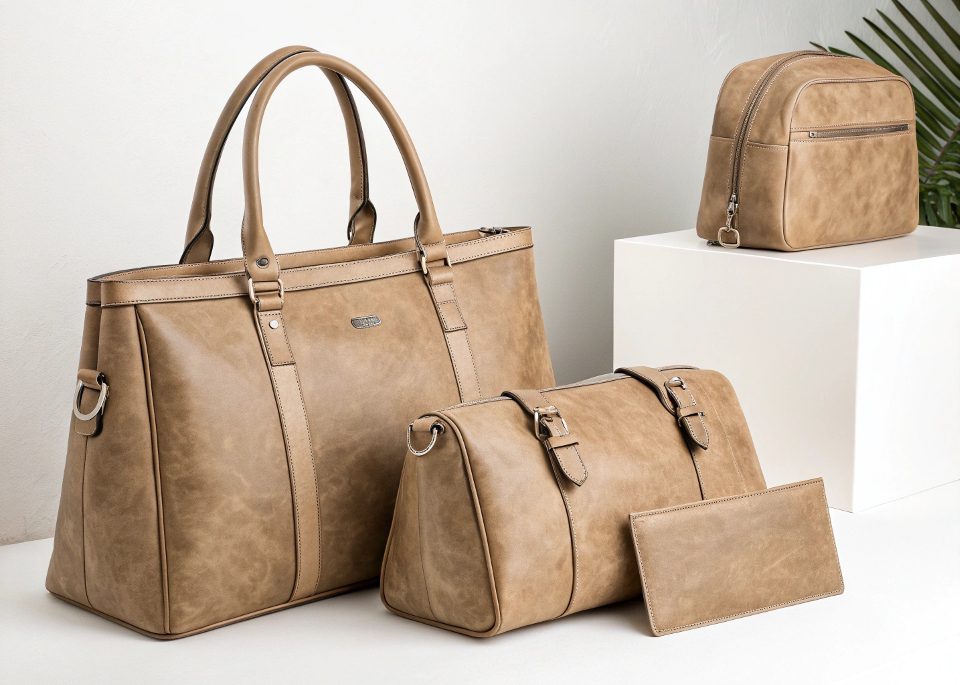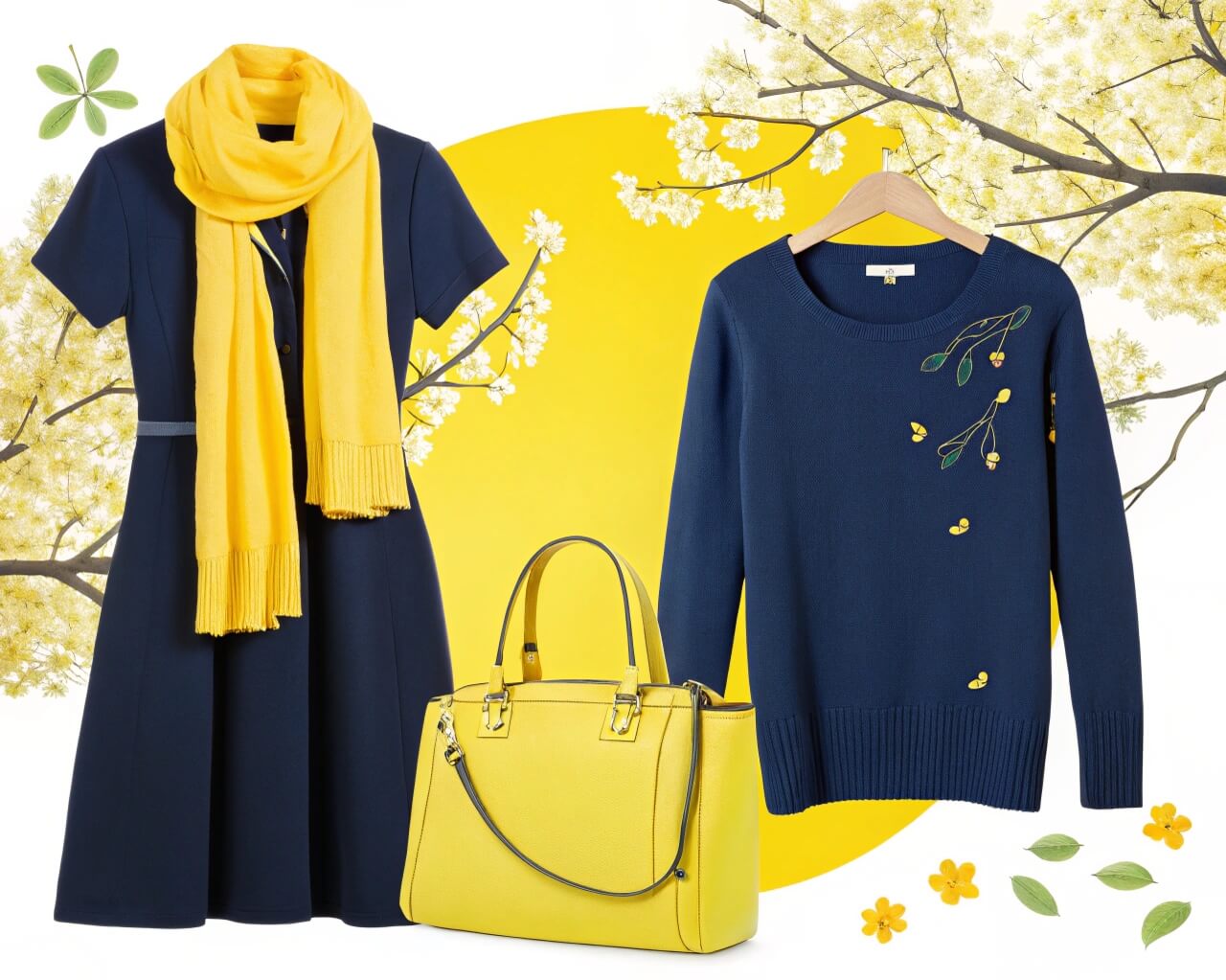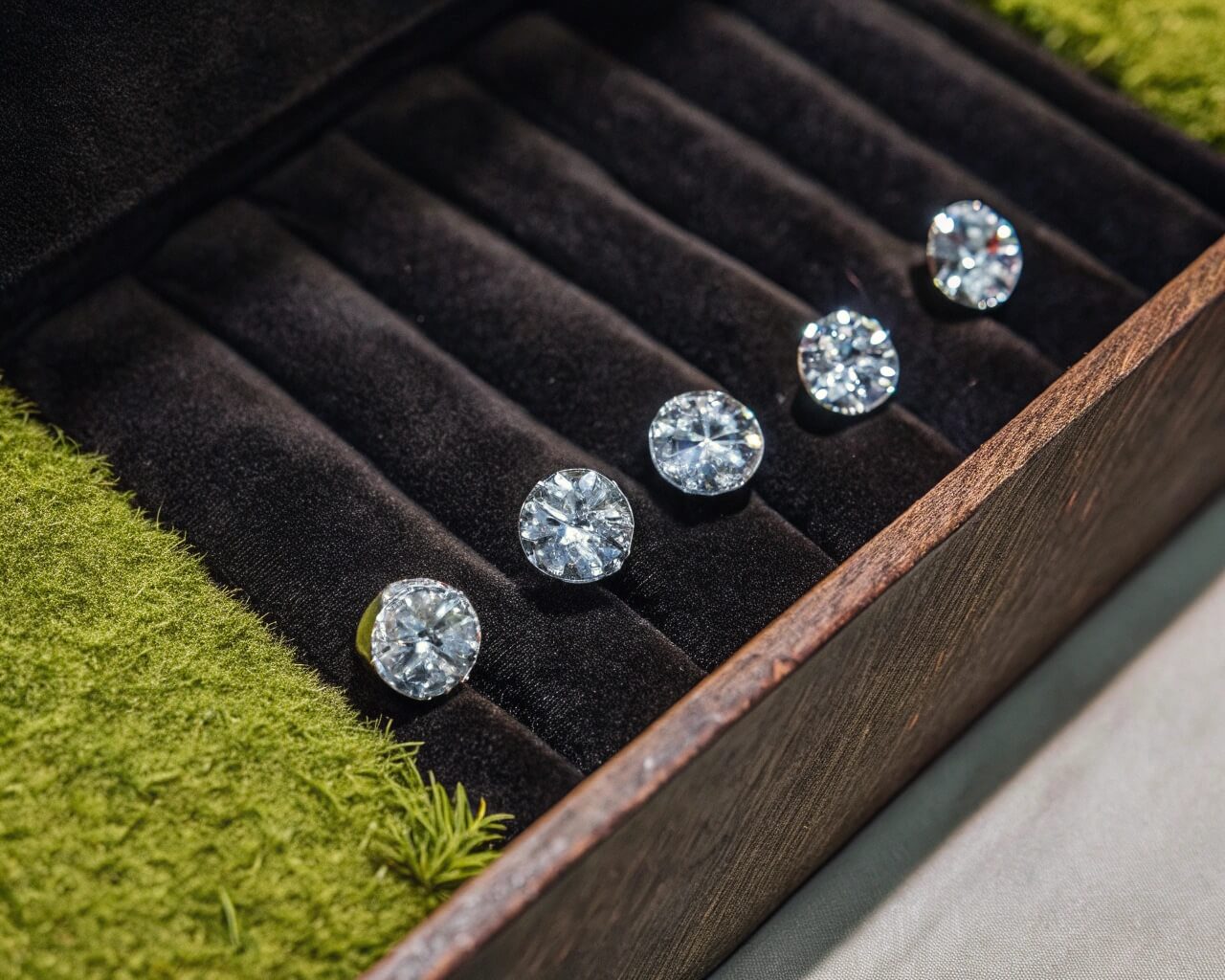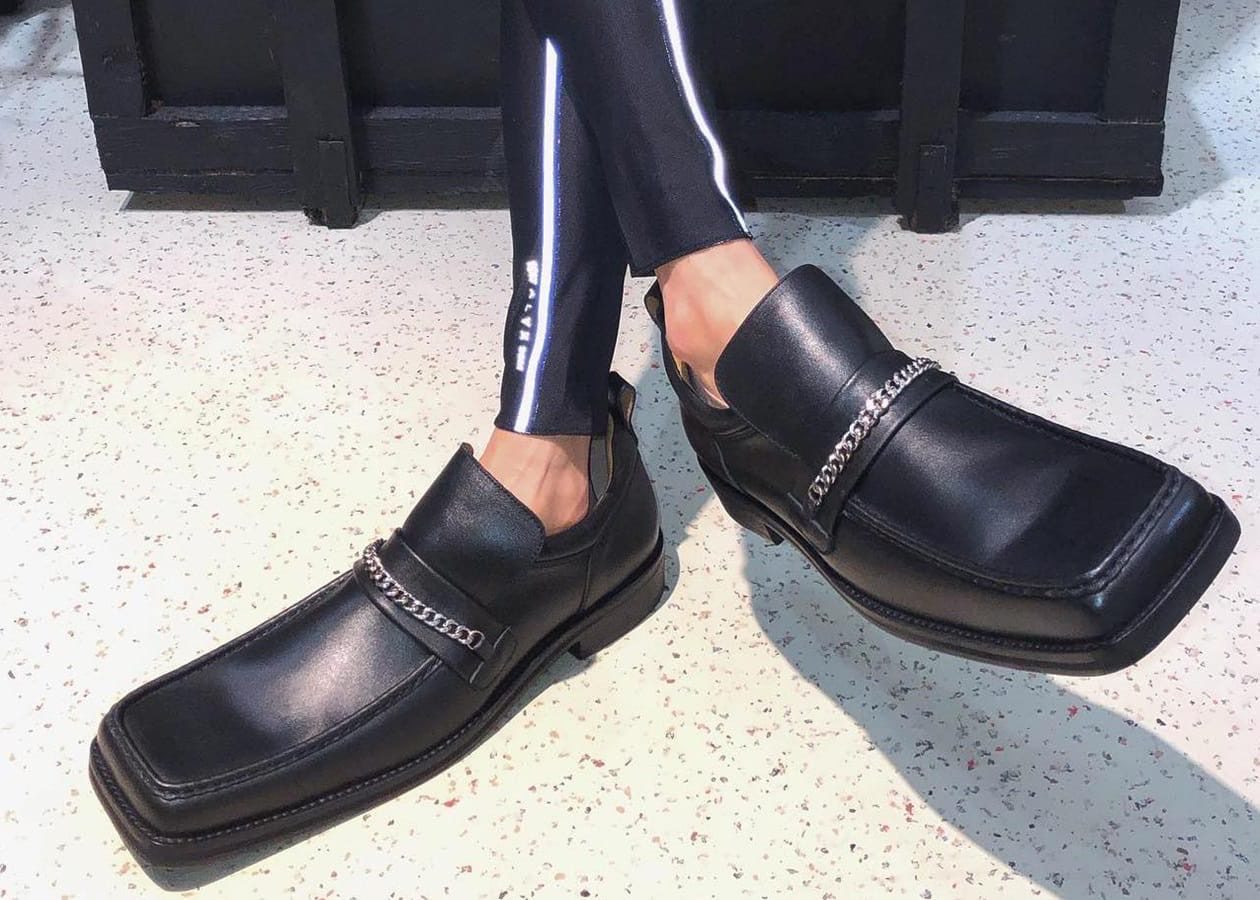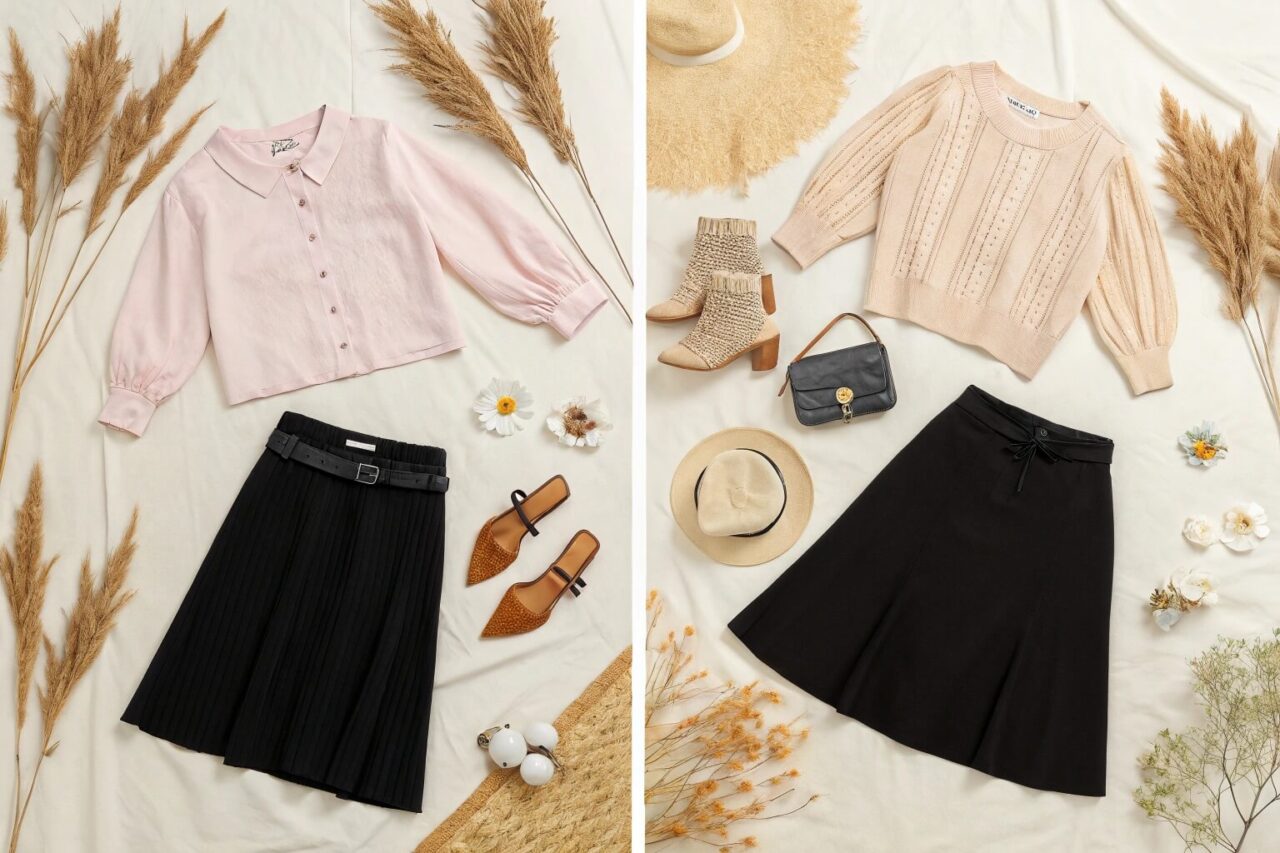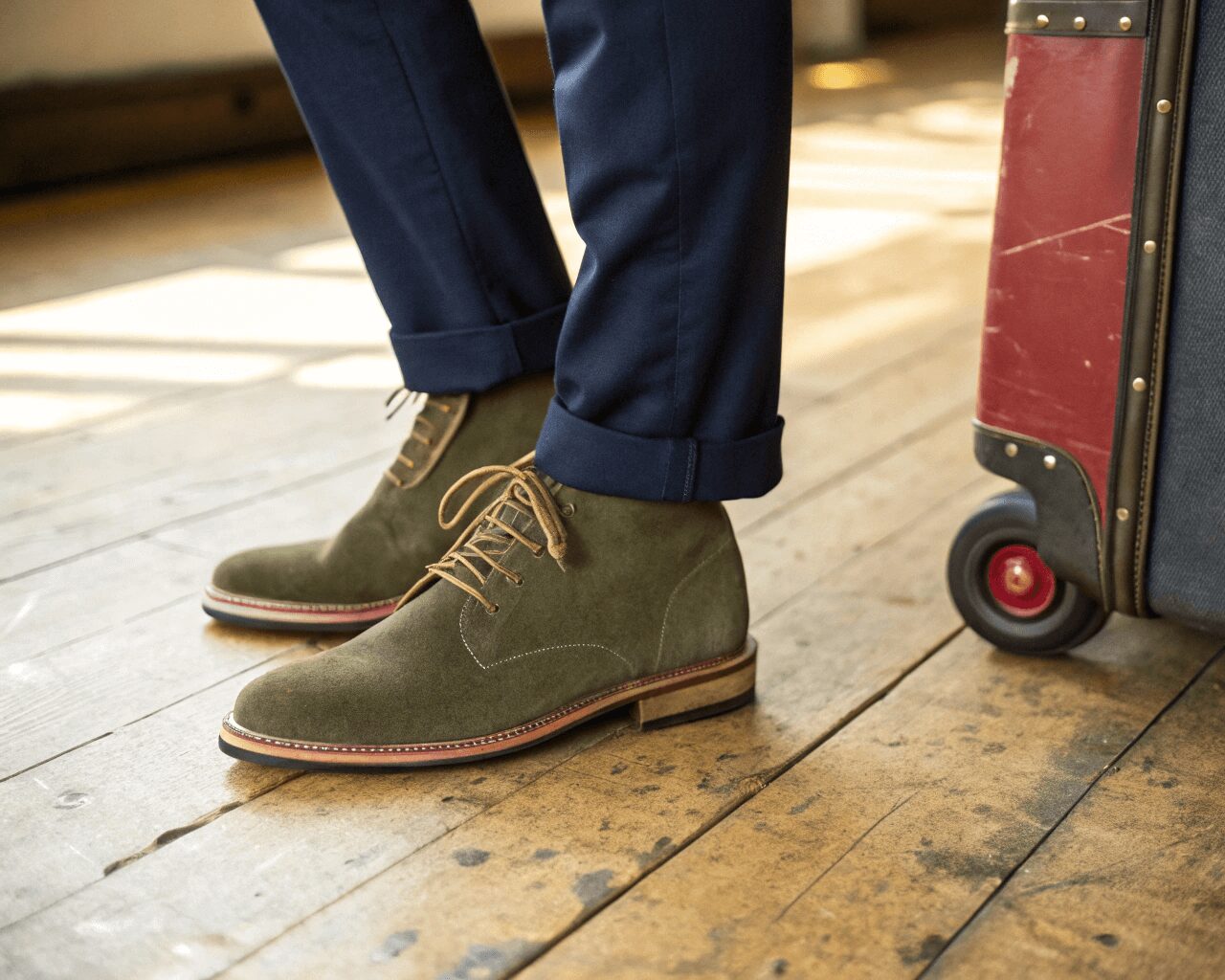Fashion autobiographies give you a front-row seat to the most creative minds in style history. These books show you how ordinary people became fashion legends. They reveal the struggles, the breakthroughs, and the passion that drives the industry.
Fashion Climbing by Bill Cunningham tells the story of a man who cycled through New York streets, capturing real fashion moments. His camera caught what people wore, not just what magazines wanted to show. Cunningham started as a hat maker and became the most trusted voice in street style photography.
Coco Chanel by Justine Picardie shows how Gabrielle Chanel changed women’s fashion forever. She took women out of corsets and put them in comfortable clothes that still looked elegant. Picardie’s research reveals how Chanel’s difficult childhood shaped her revolutionary designs.
The Woman I Wanted to Be by Diane von Furstenberg proves that fashion can be about empowerment. DVF created the wrap dress that made millions of women feel confident and beautiful. Her autobiography shows how she built a global brand while raising children and surviving personal challenges.
Vivienne Westwood wrote about her punk revolution that shocked the fashion world. She turned safety pins into jewellery and ripped clothes into art. Westwood proved that fashion could be political and rebellious. Her boutique on King’s Road became the centre of punk culture in the 1970s.
What drives someone to dedicate their life to fashion? How do they turn creative vision into successful businesses? What obstacles do they face, and how do they overcome them? These autobiographies answer these questions with raw honesty.
The fashion industry looks glamorous from the outside, but these books show the real work behind the beauty. They reveal late nights, financial struggles, and the constant pressure to create something new.
What Makes Fashion Autobiographies So Compelling?
Fashion autobiographies work because they combine personal stories with cultural history. You get to see how significant fashion moments happened through the eyes of the people who created them. These books show you the human side of an industry that often seems untouchable.
These stories inspire because they prove that fashion careers can start anywhere. Bill Cunningham worked in a hat shop. Coco Chanel sang in cafes. Diane von Furstenberg married into royalty but still had to prove herself in business. Their paths were different, but their dedication was the same.
Personal Struggles Create Authentic Stories
Every fashion legend faced rejection and failure. Christian Dior worked for his father’s fertilizer company before designing clothes. Alexander McQueen came from a working-class family and faced discrimination in the elite fashion world. These struggles make their eventual success more meaningful.
The best fashion autobiographies don’t hide the problematic parts. They show you the anxiety before fashion shows, the stress of meeting deadlines, and the fear of creative blocks. This honesty helps you understand that success requires persistence, not just talent.
Behind-the-Scenes Access to Fashion History
These books give you access to moments that shaped fashion history. Diana Vreeland describes creating legendary Vogue photo shoots. Christian Dior explains how he developed the New Look after World War II. You learn about the conversations, decisions, and accidents that created iconic fashion moments.
Reading these stories helps you understand fashion as a living, breathing industry. You see how designers respond to social changes, economic challenges, and cultural shifts. This knowledge enables you to appreciate fashion as more than just clothes.
1. DV by Diana Vreeland :
Diana Vreeland transformed fashion journalism from simple reporting into high art. Her autobiography, DV, reveals how she created the modern fashion magazine. Vreeland worked at Harper’s Bazaar and Vogue during fashion’s golden age from the 1930s to the 1970s.
Vreeland invented the concept of the fashion editor as a cultural tastemaker. She didn’t just report on fashion trends; she created them. Her famous “Why Don’t You?” column suggested outrageous ideas like washing your hair in champagne or having a pink garden. These suggestions seemed crazy but showed readers that fashion could be fun and experimental.
Revolutionary Approach to Fashion Photography
Vreeland changed the look of fashion magazines. She worked with photographers like Richard Avedon and Irving Penn to create images that told stories. Instead of simple catalog shots, she wanted fashion photography that captured emotion and fantasy.
Her photo shoots became legendary productions. She would spend thousands of dollars to create the perfect setting for a single image. One famous shoot required flying a model and crew to Japan to photograph a kimono in authentic surroundings. This attention to detail set new standards for fashion photography.
Creating Fashion as Fantasy
Vreeland understood that fashion magazines sold dreams, not just clothes. She created editorial spreads that transported readers to exotic locations and glamorous lifestyles. Her pages featured models in impossible situations wearing extraordinary garments.
She discovered and promoted models who became cultural icons. Twiggy, Lauren Hutton, and Veruschka benefited from Vreeland’s eye for unique beauty. She saw potential where others saw flaws and taught the fashion world to appreciate different types of beauty.
Lessons for Modern Fashion Enthusiasts
Vreeland’s autobiography teaches you to trust your instincts about style. She never followed trends; she created them by following her vision. Her success came from being authentically herself, even when others didn’t understand her ideas.
Her story shows the importance of curiosity in fashion. Vreeland travelled constantly, read voraciously, and talked to everyone she met. This constant learning fed her creativity and kept her ahead of fashion trends.
2. Dior by Dior :
Christian Dior’s autobiography Dior by Dior tells how one man revolutionized women’s fashion after World War II. His New Look collection in 1947 brought luxury and femininity back to women’s wardrobes after years of wartime rationing and practical clothing.
Dior came from a wealthy family but lost everything during the Great Depression. He worked various jobs before finding his calling in fashion design. His autobiography reveals how these early struggles taught him to appreciate beauty and luxury.
The Creation of the New Look
Dior’s New Look featured full skirts, nipped waists, and soft shoulders. This silhouette required yards of expensive fabric when many materials were still rationed. Critics called it wasteful, but women loved the return to feminine elegance.
The autobiography describes the pressure Dior felt launching his first collection. Although Marcel Boussac provided financial backing, Dior knew his career depended on this single show. The success of the New Look established Dior as the most important designer of his generation.
Building a Fashion Empire
Dior expanded beyond women’s clothing to create a complete lifestyle brand. He launched perfumes, accessories, and eventually men’s clothing. His autobiography explains how he maintained creative control while building a global business.
He established the modern fashion house structure that still exists today. Dior created seasonal collections, international boutiques, and licensing agreements. His business model became the template for luxury fashion brands worldwide.
Philosophy of Fashion Design
Dior believed fashion should make women feel beautiful and confident. His designs emphasized the female form while maintaining elegance and sophistication. He rejected fashion that was uncomfortable or impractical.
His autobiography reveals his design process, from initial sketches to final fittings. Dior worked closely with his sewists and understood construction techniques. This technical knowledge allowed him to create beautiful and fit clothes.
3. Alexander McQueen by Judith Watt :
Alexander McQueen by Judith Watt chronicles the life of fashion’s most controversial genius. McQueen combined traditional British tailoring with avant-garde concepts that challenged every fashion convention. His shows were theatrical performances that left audiences shocked and amazed.
McQueen started as an apprentice on Savile Row, learning traditional tailoring techniques from master artisans. This foundation in classic construction allowed him to deconstruct and reimagine clothing in radical ways. Watt’s biography shows how his working-class background influenced his irreverent approach to luxury fashion.
Theatrical Fashion Shows as Art
McQueen’s fashion shows transcended typical runway presentations. He created immersive experiences that combined fashion, performance art, and storytelling. His “Highland Rape” collection addressed Scotland’s violent history through torn and distressed clothing.
The biography describes the enormous effort required to produce these shows. McQueen worked with artists, musicians, and special effects experts to create unforgettable moments. His “Plato’s Atlantis” show featured models walking on a curved runway while cameras projected their movements on screens.
Technical Innovation in Design
Despite his reputation for shock value, McQueen was a master technician. He developed new construction methods and worked with cutting-edge materials. His dresses combined traditional hand-sewing with modern technology like 3D printing and laser cutting.
Watt’s research reveals McQueen’s obsessive attention to detail. He would spend months perfecting a single garment, often rebuilding it multiple times until it met his standards. This perfectionism created clothes that were both artistically significant and technically superior.
Legacy and Influence
McQueen’s influence extends far beyond his label. His theatrical approach to fashion shows inspired a generation of designers to think beyond simple runway presentations. His combination of craftsmanship and conceptual thinking changed how fashion is taught in design schools.
The biography examines how McQueen’s tragic death affected the fashion industry. His final collections, completed posthumously, showed a designer at the height of his creative powers. The Alexander McQueen brand continues under Sarah Burton, who worked closely with McQueen for many years.
4. Fashion Climbing… by Bill Cunningham :
Fashion Climbing reveals how Bill Cunningham revolutionized fashion photography by focusing on real people wearing real clothes. Unlike studio photographers who worked with professional models, Cunningham captured an authentic style on New York streets. His autobiography shows how he transformed from a struggling hat maker into his generation’s most respected fashion photographer.
Cunningham started his career making women’s hats in the 1950s. He had no formal training but instinctively understood what looked good. When his hat business failed, he turned to fashion journalism and photography. His early work appeared in Women’s Wear Daily and other trade publications.
Democratizing Fashion Photography
Cunningham believed the best fashion happened on the street, not in magazines. He photographed everyone from socialites to students, focusing on how they put outfits together. His “On the Street” column for The New York Times became required reading for fashion insiders and regular people alike.
His approach was revolutionary because it treated everyday people as fashion authorities. Before Cunningham, fashion photography featured expensive clothes on perfect models. He showed that style was about creativity and confidence, not money or status.
Work Ethic and Dedication
The autobiography reveals Cunningham’s extraordinary work ethic. He rode his bicycle through Manhattan in all weather, carrying heavy camera equipment. He attended multiple fashion events each night, often working until dawn to develop and edit his photographs.
Cunningham lived to maintain his independence. He never accepted gifts from designers or attended fancy parties as a guest. This separation allowed him to photograph fashion objectively without worrying about offending advertisers or influential people.
Influence on Modern Fashion Media
Cunningham’s street style photography inspired countless imitators and influenced how fashion is documented today. Instagram fashion influencers and street style bloggers follow the template he created. His focus on individual style over brand names changed how people think about fashion.
His autobiography teaches the importance of authenticity in fashion work. Cunningham succeeded because he genuinely loved clothes and the people who wore them. His passion came through in every photograph, making readers trust his judgment about style.
5. Coco Chanel by Justine Picardie :
Coco Chanel: The Legend and the Life by Justine Picardie shows how Gabrielle Chanel changed women’s fashion forever. She took women out of corsets and put them in comfortable clothes that still looked elegant.
This book traces the designer’s life from humble beginnings to forming her fashion house, which remains famous today. Critics consider Picardie’s work the most definitive biography of the French fashion icon. Her research reveals how Chanel’s difficult childhood shaped her revolutionary designs.
6. The Woman I Wanted to Be by Diane von Furstenberg :

Diane von Furstenberg’s autobiography, The Woman I Wanted to Be, tells how she created one of fashion’s most enduring designs: the wrap dress. DVF built a global fashion empire while navigating marriage, motherhood, and multiple career reinventions. Her book shows how personal challenges can fuel professional success.
Von Furstenberg married into European nobility at age 22 but refused to live as a decorative socialite. She moved to New York with two young children and started designing clothes. Her wrap dress launched in 1974 and became an instant sensation with working women who needed stylish, comfortable clothing.
The Revolutionary Wrap Dress
The wrap dress solved multiple problems for 1970s women entering the workforce. It was professional enough for the office, comfortable for all-day wear, and flattering on different body types. The simple design could be dressed up with accessories or worn casually.
DVF’s autobiography explains how she developed the dress through trial and error. She worked with manufacturers to find fabrics that would hold their shape and colors that wouldn’t fade. The final product was deceptively simple but technically sophisticated.
Business Challenges and Comebacks
Von Furstenberg’s career included spectacular failures alongside her successes. In the 1980s, she lost control of her company and watched others profit from her designs. Her autobiography honestly discusses these setbacks and how she learned from them.
She rebuilt her brand in the 1990s by focusing on what made her original designs successful. Instead of chasing trends, she returned to creating clothes that made women feel confident and beautiful. This authenticity resonated with a new generation of customers.
Balancing Family and Career
The autobiography addresses the challenges of building a business while raising children. Von Furstenberg brought her sons to work and involved them in company decisions. She shows how family responsibilities can coexist with professional ambitions.
Her story demonstrates that success doesn’t require choosing between personal and professional fulfilment. DVF created a company culture that supported working parents and proved that businesses could be profitable and family-friendly.
7. Vivienne Westwood. from Vivienne Westwood:
Vivienne Westwood wrote her memoirs with biographer Ian Kelly, offering insights into many aspects of her life and career. The collaboration provides an in-depth look at her work as a fashion designer and philanthropist.
Westwood proved that fashion could be political and rebellious. Her boutique on King’s Road became the centre of punk culture in the 1970s. The book covers her pivotal moments and shows how the fashion industry changed during her 50-year career.
Why These Stories Matter for Your Fashion Journey
These fashion autobiographies provide practical lessons for anyone interested in the industry. They show that successful fashion careers require more than creative talent. You need business sense, persistence, and the ability to connect with people who will wear your designs or read your writing.
Each autobiography reveals different paths into fashion. Cunningham started as a hat maker, Vreeland began as a society columnist, and McQueen learned traditional tailoring. There’s no single route to fashion success, but all these figures shared certain qualities you can develop.
Learning from Failure and Rejection
Every fashion legend faced significant setbacks. Dior’s family business failed during the Depression, Von Furstenberg lost control of her company, and McQueen struggled with mental health issues throughout his career. Their autobiographies show how they used these challenges as motivation to improve and grow.
These stories teach you to view rejection as information rather than judgment. When editors rejected Cunningham’s early photographs, he used their feedback to improve his technique. When customers didn’t respond to specific DVF designs, she analyzed what went wrong and applied those lessons to future collections.
Developing Your Unique Voice
The most successful fashion figures created distinctive styles that people could recognize immediately. Vreeland’s editorial vision was unmistakable. McQueen’s dramatic presentations were unlike anyone else’s shows. You can’t copy their specific approaches, but you can learn how they developed authentic voices.
These autobiographies show the importance of drawing inspiration from your personal experiences. Chanel’s designs reflected her desire for women’s freedom. Westwood’s punk aesthetic came from her political beliefs. Your fashion work will be strongest when it connects to something you genuinely care about.
Building Relationships in Fashion
Fashion is fundamentally about relationships. Designers need manufacturers, retailers, and customers, while photographers need editors, models, and subjects. These autobiographies reveal how successful fashion professionals build networks that support their work.
The books show that authentic relationships matter more than networking for its own sake. Cunningham became trusted because he treated everyone with respect. DVF succeeded because she genuinely wanted to help women feel confident. Focus on how you can contribute to others’ success; they’ll support yours in return.
These seven fashion autobiographies prove that the industry’s most significant successes come from passion, persistence, and authentic vision. Each designer faced unique challenges but shared common traits: unwavering dedication to their craft, willingness to take risks, and ability to translate personal experiences into universal beauty.
Reading these stories will inspire your fashion journey, whether you’re a designer, photographer, journalist, or simply someone who appreciates style. These legends started with the same uncertainties you might have today. Their autobiographies show that fashion careers are built one decision, one design, and one bold move at a time.
Start with the autobiography that speaks to your interests. Whether you’re drawn to Vreeland’s editorial vision, Dior’s elegant craftsmanship, or McQueen’s radical innovation, each book offers valuable lessons for anyone passionate about fashion.







